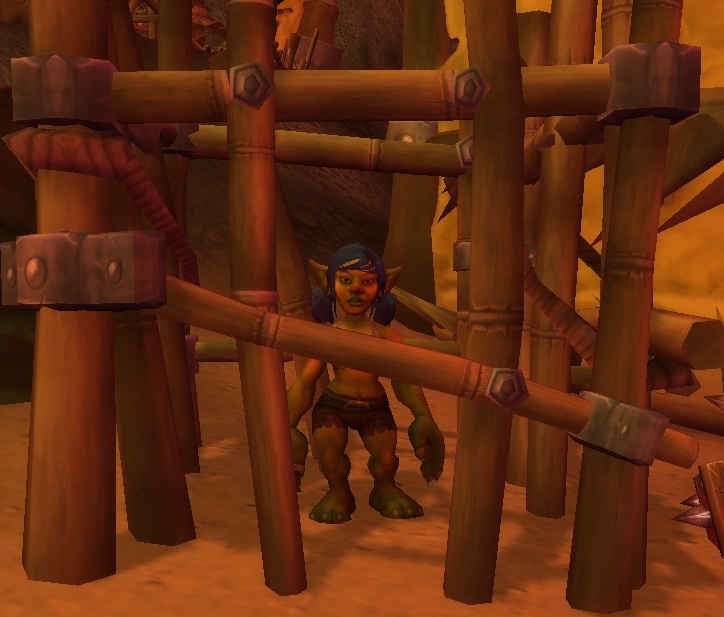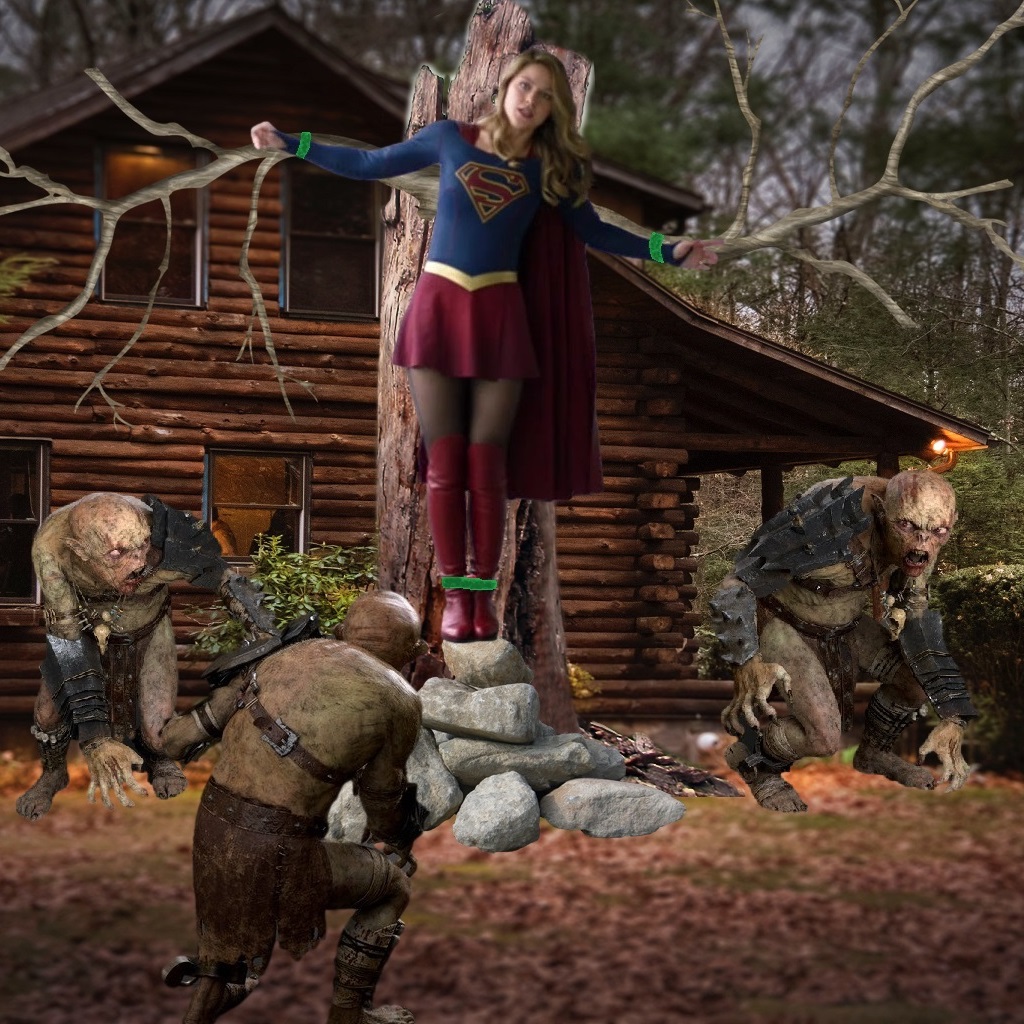Goblin's Brutal Acts: What You Need To Know
Have you ever considered the darkness that lurks within the fantastical realms we often explore? The shadows conceal more than just monsters; they hide the potential for unimaginable suffering, a truth laid bare in the unsettling narratives surrounding the infamous creatures known as goblins.
Across various fictional universes, the goblin archetype often serves as a convenient villain, a mindless antagonist to be vanquished by heroes. Yet, a deeper dive into these stories reveals a chilling reality. Goblins are frequently depicted as brutal, depraved creatures, and their actions can range from simple thievery to unspeakable acts of violence. The tales of goblins, particularly those involving the capture and exploitation of others, unveil a stark depiction of the horrors these creatures inflict, offering a disturbing commentary on power dynamics and the darkest corners of human or, in this case, goblin nature.
One particularly harrowing aspect of these narratives revolves around the treatment of those captured by goblins. Often, the captives are not simply killed; instead, they endure prolonged suffering. The use of captives for healing, as described in some stories, highlights a disturbing utilitarianism their suffering is merely a means to an end. Furthermore, the stripping of armor and dignity, coupled with the vulnerability of being caught in a dungeon, portrays a complete loss of control and agency, an experience designed to break the spirit.
The anime series "Goblin Slayer" offers a particularly grim perspective on these themes. The series has captured the attention of anime enthusiasts worldwide, but it's the character of Sword Maiden that raises the most concern. This adventurer, captured and subjected to brutal treatment on her first expedition, embodies the vulnerability that women face in these fictional landscapes. The constant question hangs over her fate, and her survival is not guaranteed. This reality underscores the dangers that lie in wait, and the true, harsh brutality of these situations.
The narratives explore ritualistic elements, implying the existence of sacrifices. The fact that goblins might not immediately kill and eat their victims, but engage in practices of a more gruesome nature, speaks to a darker, more calculated cruelty. The fact that this is known by characters like Sword Maiden only further amplifies the unsettling realism of the world where these creatures thrive.
The presence of "Goblin King" figures further complicates the dynamics. This suggests a hierarchical structure within the goblin communities, with individuals wielding influence and power. Stories often revolve around the kidnapping of these goblins, highlighting a conflict with powerful mages. The rescue attempts of kidnapped leaders, and the subsequent choices of other characters, show a range of responses to these horrific events.
In fantasy settings, the interactions between different races and groups can offer insights into societal structures and moral dilemmas. The dynamics between goblins and other races reveal the complex problems that come with power imbalances and the struggle for survival. Goblins, in turn, also suffer, are captured and experimented on by other races; this highlights the cruelty that emerges when power and self-interest are at play.
These accounts are further illuminated by the presence of mages. Frequently, mages are presented as prisoners, with the implication of exploitation or suffering. This illustrates a complex web of power, as they find themselves the victims of their own power and the greed of their captors. These examples, while existing in fictional stories, underscore the importance of scrutinizing the darker aspects of these realms.
The focus on the "golden age of Dhakaan," and references to "golden goblin bicuspids," demonstrates a fascination with the internal lives of these creatures. This serves as a window into their world, allowing the reader to scrutinize their place in these narratives.
The constant recurrence of these narratives, and the variety of the depictions, underscores a wider point: that the stories go beyond simple entertainment. They function as a commentary on the extremes of violence, the abuse of power, and the lasting effects of trauma. The stories also highlight the importance of vigilance, and of questioning the motives of those who wield power, even in the seemingly fantastical realms of goblins and magic.
| Category | Details | Examples |
|---|---|---|
| Primary Threat | Violence, exploitation, ritualistic practices | Capture, torture, use for healing, ritual sacrifice |
| Common Victims | Adventurers, mages, often female characters | Sword Maiden ("Goblin Slayer"), unnamed adventurers |
| Narrative Themes | Power dynamics, survival, trauma, morality | Captivity, loss of dignity, the price of freedom |
| Goblin Behavior | Brutal, opportunistic, hierarchical in some settings | Taking turns "using" captives, stripping armor, creating rituals |
| Possible Solutions / Responses | Rescue, revenge, societal change | "Goblin Slayer's" quest, mage revolts |
The recurring themes in these stories should compel viewers to reflect on themes, and the complex questions that often arise in these narrative structures. Furthermore, they illustrate the consequences of unchecked greed and the enduring importance of safeguarding those who are most vulnerable, even within fantastical realms.
![[WIP]Eternal Dread 3 (Captured by the Goblins) YouTube](https://i.ytimg.com/vi/3xB7MQ0VYAg/maxresdefault.jpg)

